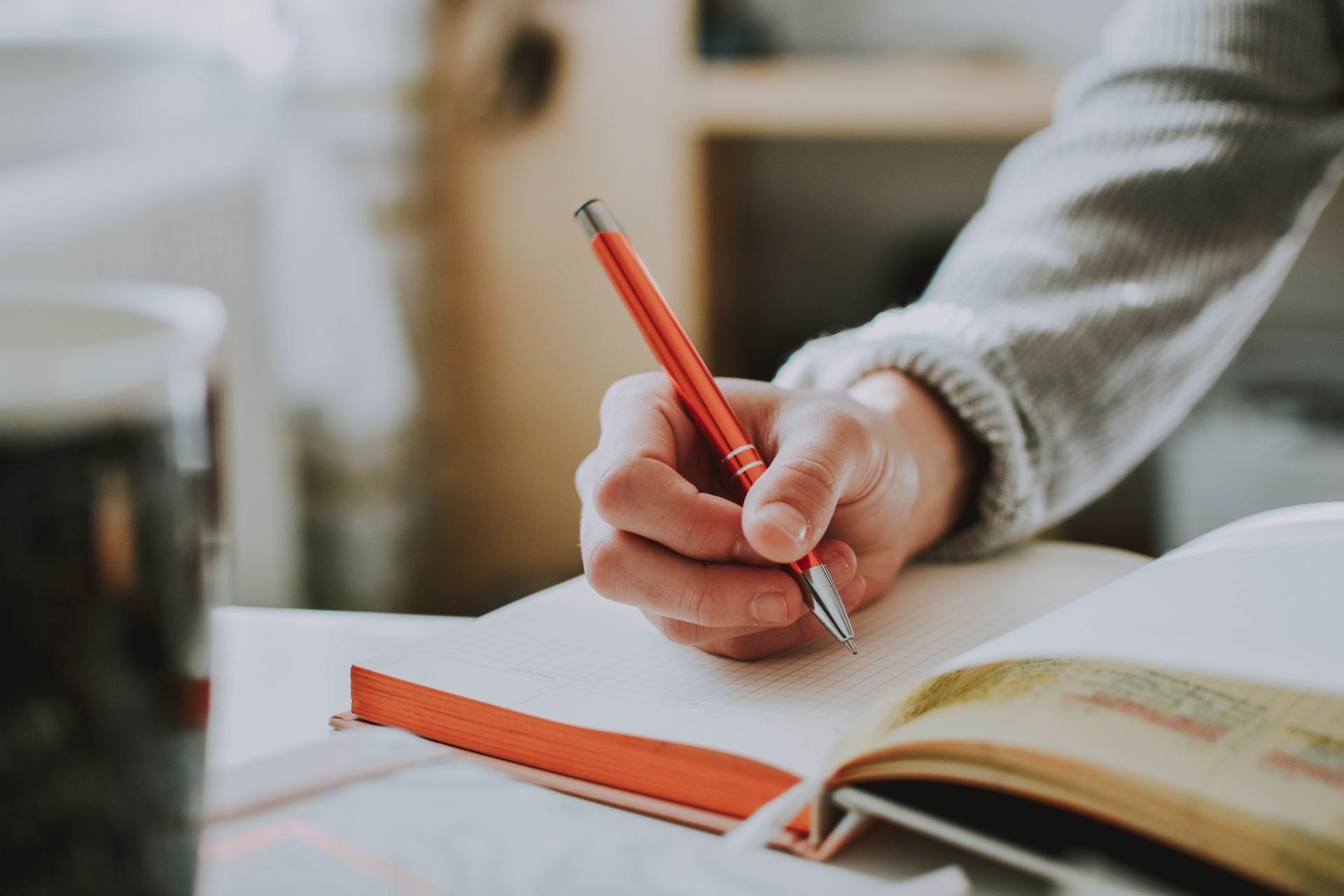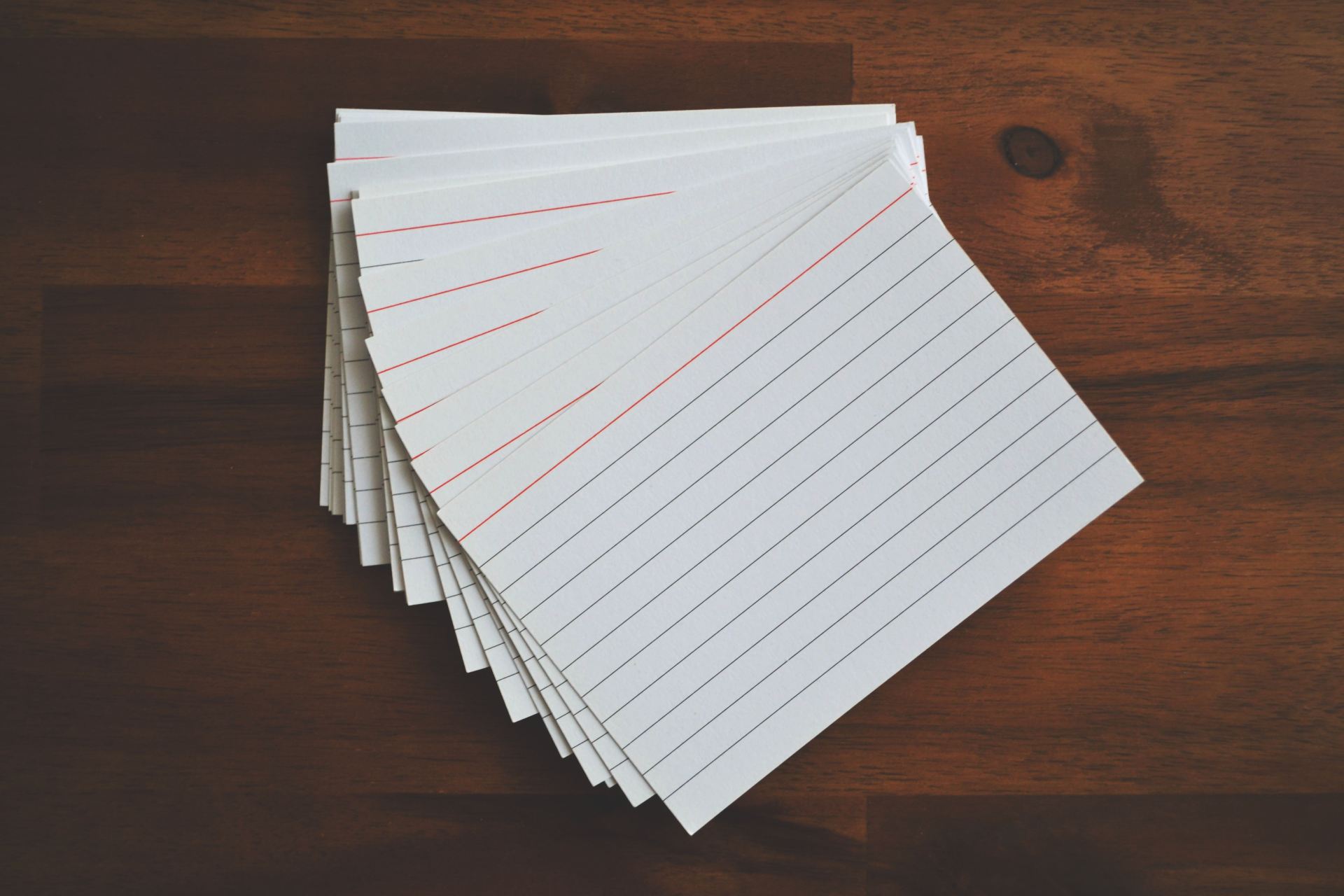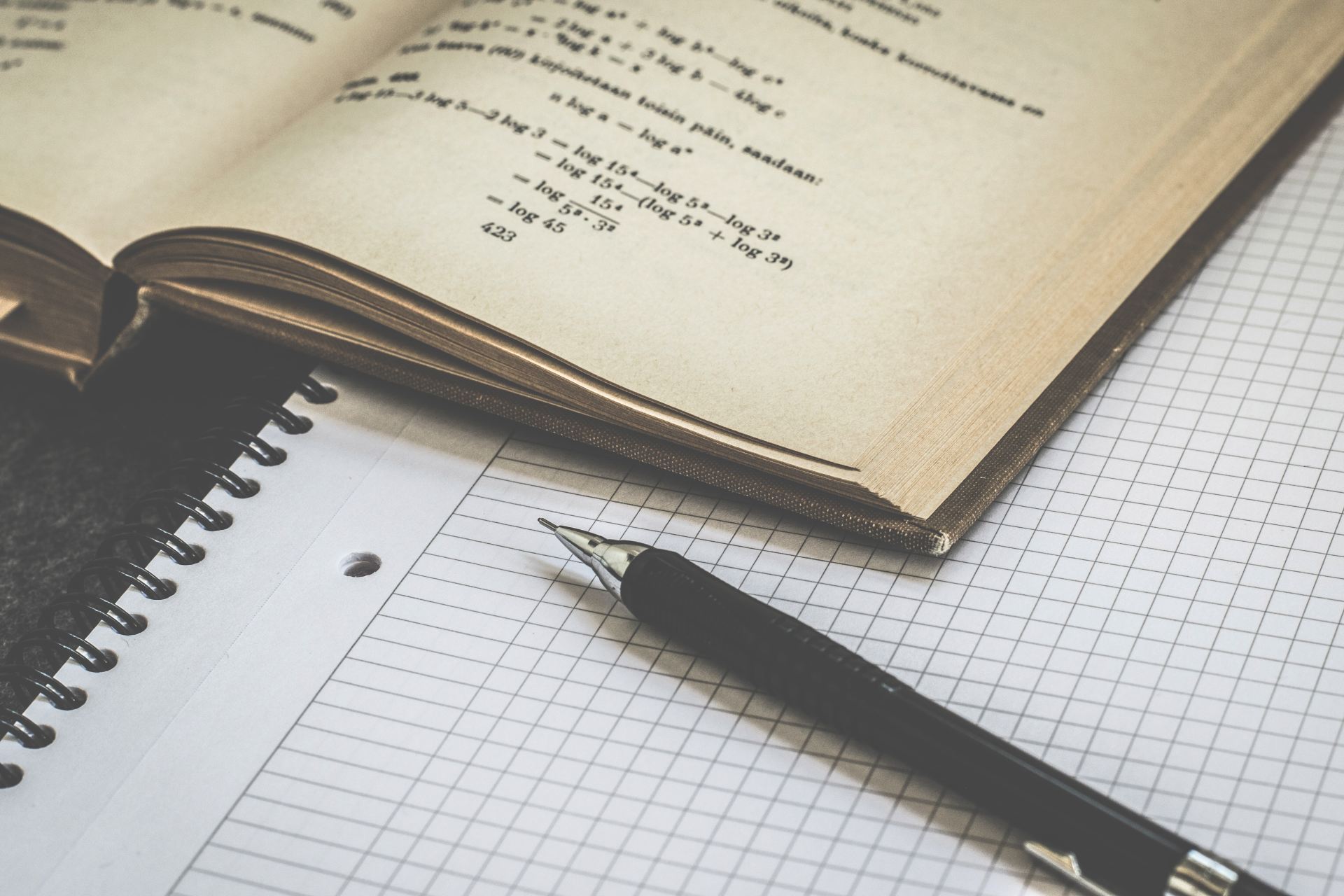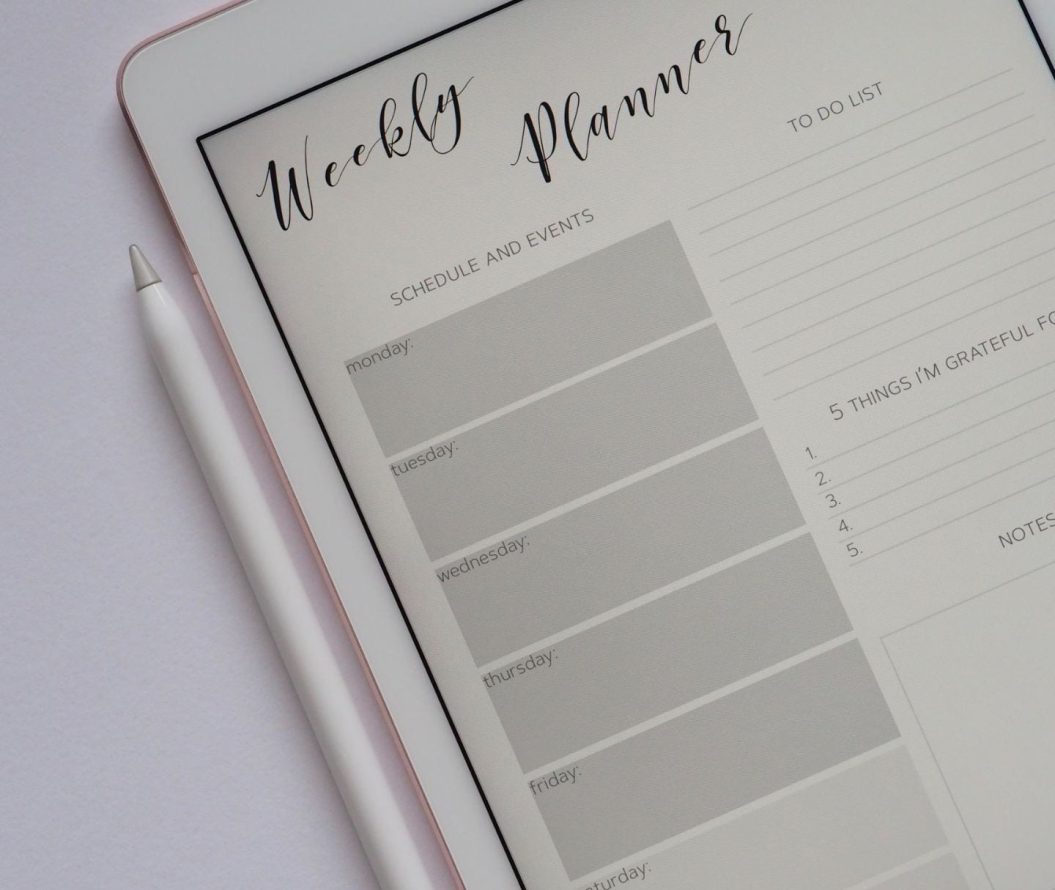Hi everyone my name is Hannah and I'm a third year student studying Biomedical Science. I'll be starting my MSc in Data Science and Applied Analytics next year. Outside of university I've really enjoyed teaching myself to crochet over the…

Different Study Techniques
Progress in studying is never linear, sometimes you’re super concentrated and walk away feeling extremely productive and positive, and other…
February 24, 2023,
read.
Progress in studying is never linear, sometimes you’re super concentrated and walk away feeling extremely productive and positive, and other times you may be left feeling deflated and unsure. All of these are normal and not every study session is going to be a good one, however, one great way to overcome procrastination and feel more accomplished when revising, even if you’re struggling to concentrate, is by trialling different study techniques. Although they can vary per person, it’s a great idea to try different methods until you find one which suits you and maximises your productivity.

Find out what kind of learner you are
One of the first things to do is to find out what kind of learner you are, some people learn best by writing things down, listening to content or doing a task which incorporates the material. By finding out what kind of learner you are, you can then tailor your study technique to suit your style and ensure your studying time’s productivity is increased. You can find this out by doing a quick google search and online quiz!

The ‘Blurting’ Technique
A great memorisation technique is known as blurting. This is where you study the material, this can be by reading it, writing down key points, or watching a video which explains the topic, then you’ll cover up the content and write down as much as you can remember. Once you’ve written down as much as you can, go back over the content and fill in, in a different colour, either what you have forgotten, or things you have missed. Then repeat the process! Keep going until you have memorised everything you need to.
A great way to further improve this technique is to try to memorise small chunks of information or to give yourself a timer when trying to memorise the content. You may also find it easier to speak aloud, rather than writing down, what you remember and record yourself to listen back and see what you missed out. Additionally, it enables you to easily identify which areas you’re confident in and which you may need to go over again to properly understand. This method works as it makes use of active recall, which is regarded as one of the most efficient studying techniques!

Flashcards
Another method which incorporates active recall is by utilising flashcards, these have a question on one side relating to the content and the answer on the other. They can be written by hand or flashcard apps like Quizlet or Anki enable you to have a quick study session wherever you are. Simply test yourself using these flashcards and you’ll be well on your way to memorising the content! They’re great for quickly fitting in as you can go over them daily and gradually increase your knowledge, as well as highlighting areas you may need to go back over if you’re always struggling to remember the answer.

The Feynman Technique
Another technique, which works best for a topic that may be extremely difficult to wrap your head around and understand is known as the Feynman technique. This is an efficient way of quickly learning content by explaining it in plain and simple terms. First of all, read over your content and write its title at the top of some paper, next try to explain it as if you were teaching it to someone else in your own words. Once finished, review the content in your own words and identify the weaker or incorrect concepts.
This will then give you an idea of what to go back over to find out the correct answer. This can be repeated as many times as necessary and also works in short bursts for complex language. For example re-writing definitions in simpler terms.




